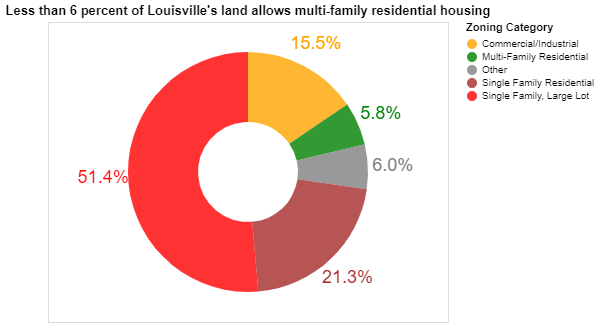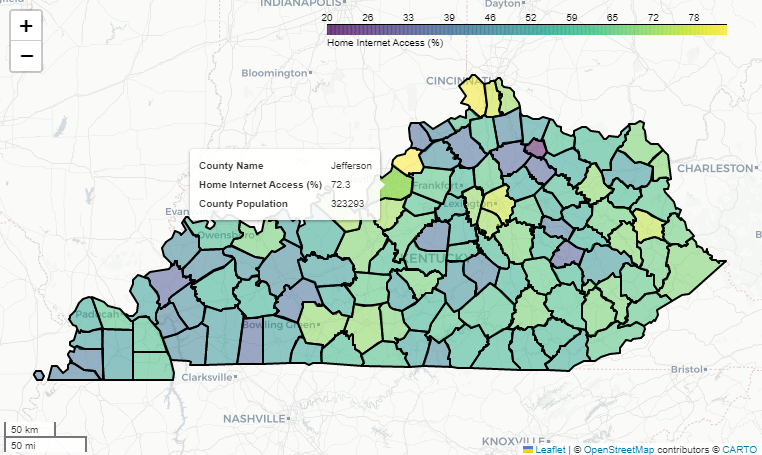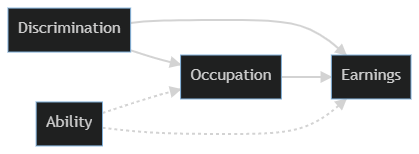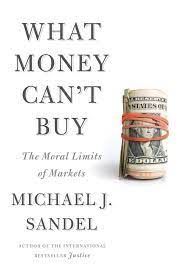Mapping Census Data with Python
Python
Census
GeoPandas
Kentucky
Louisville
Internet
Think before adding more variables to that analysis
Python
Causal Inference
Policy
Statistics
How to Use Census Microdata to Analyze High Speed Internet in Kentucky
R
Census
Internet
Policy
Meritocracy is Unjust
Philosophy
Economics
What is Education for?
Economics
Philosophy
Policy
Education
No matching items


















